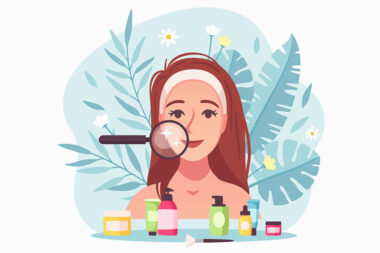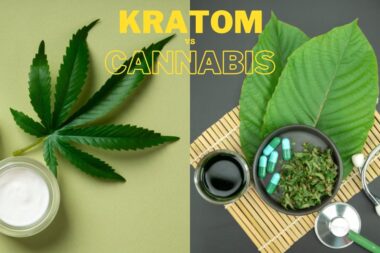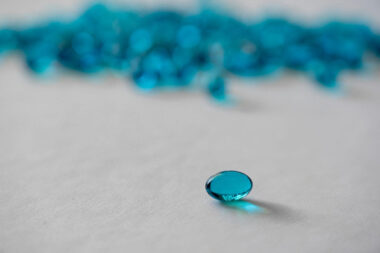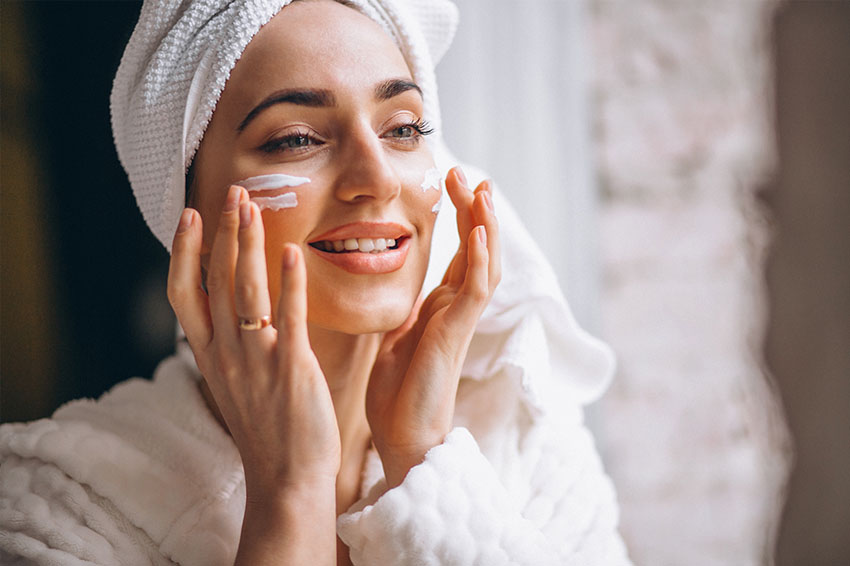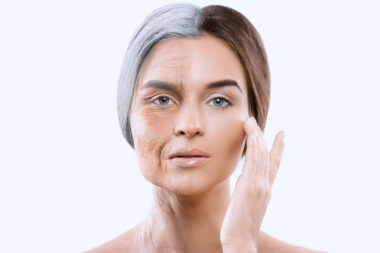As Aaliyah (RIP) once said, “age ain’t nothin but a number”. Sorry, but with all due respect to the Princess of R&B: yeah, right.
Try telling that to us skincare fanatics when discussing our rituals, for example. In that case, age becomes much more than just a number.
To us facial fiends and serum queens (and kings), age brings a whole slew of changes that need our sudden & immediate attention: skin wrinkles, clogged pores, and plenty of other age-related developments have us quickly looking for the one skincare remedy to rule them all.
Enter skincare’s favorite controversy: retinol. Some swear by it for its age-defying mysticism, some swear it off completely. What’s the truth here? Is retinol the one in a million answer to our over-30 skincare prayers? Or are we asking for trouble by even trying?
To help settle the debate, here’s a quick rundown of the definitive dos and don’ts of adding retinol into your skincare regimen.
Take this guide with you as you step forward with confidence – no back & forth necessary.
DO: Know what you’re working with.
So, what is retinol, anyway? If you don’t know the answer already, you’ll definitely want to find out before you start lathering it all over your face, especially if you’re looking to avoid accidental irritation (or worse).
In short: retinol is a synthetic form of Vitamin A, which is a fat-soluble vitamin found commonly in carrots, eggs, and sweet potatoes.
Once it’s applied to your skin, it’s converted into retinoic acid, which essentially creates the “magical” results everyone’s always raving about (at least, they’re magical in a perfect-world-scenario type of thing.)
Part of a larger family of retinoids – which is an umbrella term for the various compounds derived from Vitamin A – retinol is typically safe and suitable enough for topical use, especially with gentler, lower dose options available.
These can be found & bought over the counter, while other members of the retinoid family tend to be higher grade, stronger, and must be prescribed by a doctor, like Tretinoin, or the highest strength option, Tazarotene.
In general, retinol is used to reinvigorate skin cell growth which, along with collagen production, naturally slows down as we age. It also aids in combating acne-causing clogged pores, hyperpigmentation, and wrinkles.
DON’T: Rush into things.
I know, the excitement is real when trying out a brand new product, especially when it boasts promising benefits like “age-defying”, “wrinkle-reducing” and “skin-smoothing”. However, don’t let buzzy advertising lull you into a state of blissful ignorance here – retinol (even the gentler versions) is still a very strong, potent compound, and should be approached cautiously.
First things first: the golden rule is to start slow, then increase as you go. Begin with a lower strength, OTC retinol option. Use sparingly on clean, dry skin up to twice a week (FYI: it’s best to apply at night.)
Monitor your skin’s reaction, then, and only then, increase use from there.
Remember: redness, irritation, and scaly, dry skin are all commonly reported side effects, especially for first-time users and those with already sensitive skin moods, so – pay attention! A pea-sized amount should be plenty to cover your face with; no more, no less.
If after your first application your skin reacts well and you notice minimal side effects (if any), slowly work your way up to using it every other night. Then, gradually increase use all the way up to every night, but, again – only if you can take it.
Starting too fast or using too much product may cause your skin to freak out a bit, giving you an outcome you hadn’t initially intended. Be sure to follow its lead, and stop all use if the side effects become unbearable, or if your skin is clearly not loving what you’re doing.
For best results, follow each retinol regimen with a gentle moisturizer.
Also read: Does Eating Tomato Paste Prevent a Sunburn?
DO: Be cautious if you’re planning some fun in the sun.
Ok, I’ve said it a few times now, but it bears repeating: retinol is not something to take lightly, and it’s thought to be even less so when you follow it with a dose of sunshine.
Your skin will be in a vulnerable state after application, which leaves plenty of room for harmful UV rays to enter your sensitive skin barrier and cause some serious discomfort & damage. If flakiness and irritation have scared you away from retinol so far, consider this a fair warning:
Avoid exposing your precious complexion to full-blown sunlight after using a retinol-based product.
Although the idea that retinol increases your likelihood of sunburn has been debated, in general, your skin will likely be more sensitive after application, so it’s in your best interest to remain cautious nonetheless.
Having a moisturizer handy is great, but what’s even better than that? Sunscreen. Not only will it protect your rejuvenated skin from sunburn, but it will also block out those cancer-causing rays that seep into your complexion while you bask in the daylight.
Whether you decide to use retinol or not, sunscreen is still an important aspect of skincare, and shouldn’t be skipped.
DON’T: Expect instant results.
We’ve already talked about buzzy ads and promising feedback from the skincare world, but not so fast there: retinol is no overnight or a fast fix. In fact, even the strongest prescription retinols take at least a few weeks to begin showing results, and it’s even longer for OTC options.
Some take up to 6 months to provide the same results as their prescription-only counterparts.
The name of the game here is patience. While it can be frustrating and deflating to seemingly fail at achieving your wanted results right away, trust the process: just give it some time. If you aren’t experiencing heavy side effects and you’re applying your creams or serums correctly, your skin should begin to react positively after a while.
Don’t be afraid to switch it up, either! If you’ve been using the same retinol serum, cream, or powder and still don’t see changes after some time, it might mean you need to try something different.
If you started with a gentler formula, consult a professional about upping the strength and see if that helps. Luckily, there are plenty of retinoids out there, which means you have a plethora of options to experiment with and choose from.
Just remember that you’ll need to start slow again whenever you increase your dosage.
Also read: Why Your Face Looks Puffy In The Morning
DO: Avoid comparisons.
Just because your best friend or that famous beauty guru says retinol is a must, doesn’t make it so. This is far from a one size fits all type of ritual, so don’t just take everyone else’s word for it.
Consult a professional, monitor your own results, and above all else, do what’s best for you.
If you follow these guidelines verbatim and it still doesn’t work, that’s ok. Try not to get discouraged – retinol is not for everyone, and it’s definitely not something you have to use in order to achieve your healthiest complexion. There are other, more gentle options that could be right for your situation, so stay open to all possibilities.
Undeterred by the warnings and potential side effects? That’s great! Just remember to take it slow and focus on your own skin’s happiness, whatever that looks like for you.
Honor your unique skin moods, take care of yourself, and good luck! 🙂
This article is published by our independent team of health and wellness pundits that publish original and informative content to empower readers to take charge of their health and embark on a physically, mentally, and emotionally balanced lifestyle.
























